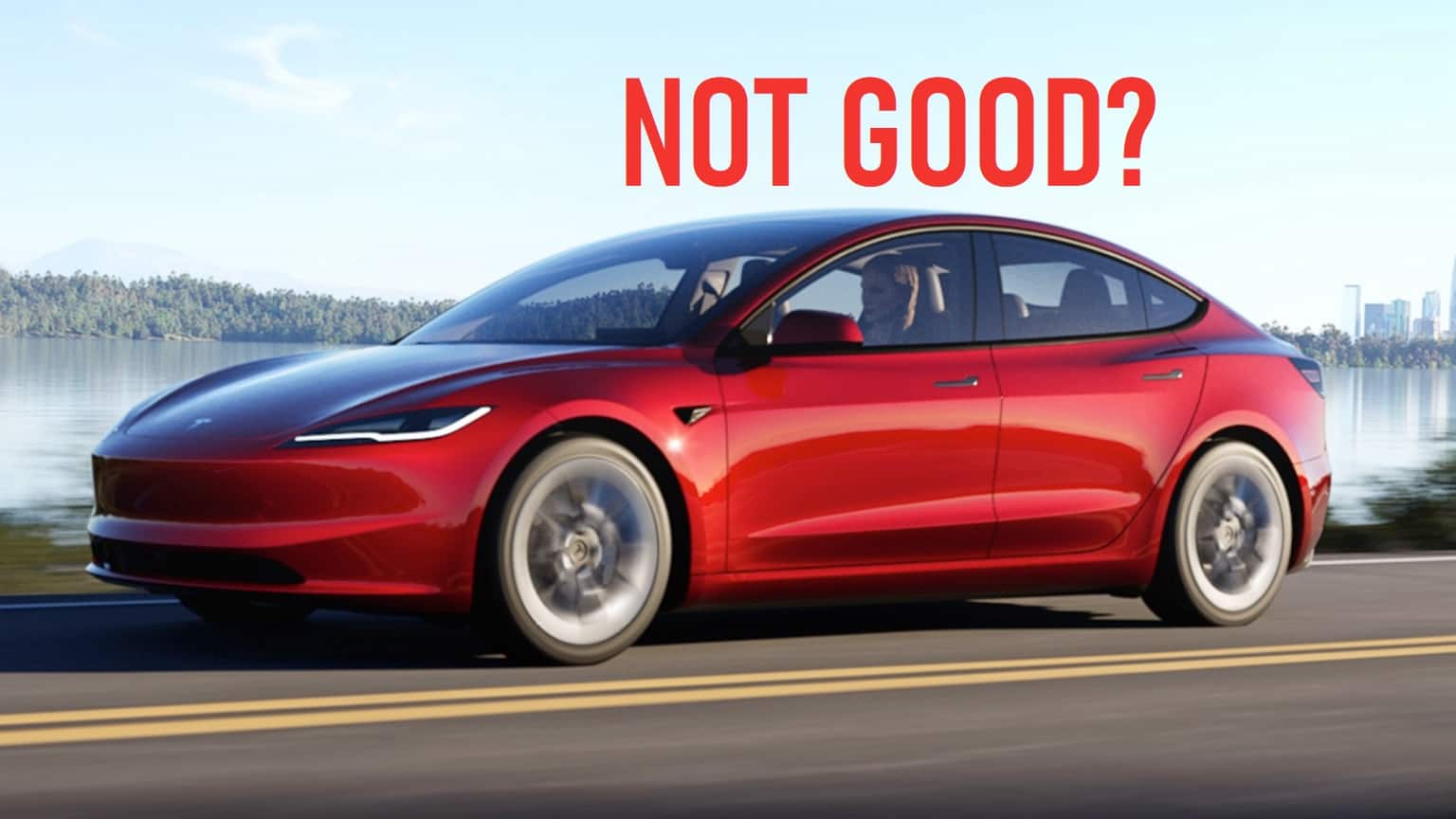
As India accelerates its shift towards sustainable transportation, Tesla is poised to play a significant role. With its cutting-edge electric vehicles (EVs) and energy products, Tesla is well-positioned to influence the Indian market. Let’s explore how Tesla’s energy solutions and innovations could reshape India’s EV landscape, from Supercharger technology to potential collaborations with Indian startups.
The Role of Tesla’s Energy Products in Its India Strategy
Tesla isn’t just about electric cars; its energy products, such as solar panels and Powerwall batteries, play a crucial role in its strategy:
1. Integrating Renewable Energy
Tesla’s solar panels and Powerwall batteries offer a complete energy solution. By promoting these products alongside its EVs, Tesla can help Indian households and businesses adopt renewable energy, reducing reliance on fossil fuels.
2. Enhancing EV Adoption
A comprehensive energy solution can make owning an EV more attractive. By pairing EVs with Tesla’s home energy products, customers can power their vehicles with clean energy, lowering overall costs and increasing the appeal of electric cars.
3. Addressing Energy Access Challenges
In areas with unreliable power supplies, Tesla’s energy storage solutions can provide a reliable backup. This could be particularly valuable in rural or underserved regions of India, making EV ownership more practical.
How Tesla’s Supercharger Technology Could Lead in India
Tesla’s Supercharger network is a key component of its strategy. Here’s how it could impact India:
1. Reducing Charging Time
Tesla’s Superchargers can charge a Tesla vehicle to 80% in about 30 minutes. This rapid charging capability is essential for long-distance travel, making EVs more practical for Indian consumers who often face long commutes.
2. Building a Charging Network
Establishing a widespread Supercharger network across India will address one of the major barriers to EV adoption—charging infrastructure. By investing in this network, Tesla can enhance the convenience of owning a Tesla vehicle.
3. Setting a Benchmark
Tesla’s Supercharger technology sets a high standard for fast and efficient charging. This could encourage other EV manufacturers and service providers in India to invest in similar infrastructure, benefiting the entire EV ecosystem.
What Indian Cities Are Ready for Tesla’s Entry?
Certain Indian cities are more prepared for Tesla’s entry due to their infrastructure and market readiness:
1. Mumbai
Mumbai, with its developed infrastructure and high-income population, is a prime market for Tesla. The city’s progressive stance on sustainability and electric mobility makes it an ideal location for Tesla’s initial launch.
2. Bangalore
Known as India’s tech hub, Bangalore has a tech-savvy population and a growing interest in electric vehicles. Its infrastructure development and focus on green technologies align well with Tesla’s vision.
3. Delhi
Delhi’s commitment to improving air quality and adopting green technologies makes it a significant market for Tesla. The city’s large population and increasing awareness about environmental issues can drive demand for electric vehicles.
How Tesla Could Influence EV Policy Changes in India
Tesla’s presence in India could have a substantial impact on EV policies:
1. Advocating for Better Policies
As a leading EV manufacturer, Tesla can advocate for policies that support electric mobility. This includes lobbying for incentives, subsidies, and infrastructure investments that make EVs more accessible and attractive.
2. Setting Industry Standards
Tesla’s advanced technology and successful business model can set a benchmark for the industry. This can influence policymakers to adopt standards and regulations that align with global best practices, benefiting the broader EV market.
3. Driving Innovation
Tesla’s innovative approach can drive policy changes that encourage the development of new technologies and solutions. This can include support for research and development in EV technology and related fields.
Tesla’s Entry and Its Impact on the Indian Job Market
Tesla’s entry into the Indian market could have several effects on the job market:
1. Job Creation
Establishing manufacturing facilities and service centers in India will create numerous job opportunities. This includes positions in production, engineering, sales, and support services.
2. Skill Development
Tesla’s presence will drive the need for skilled professionals in various fields, including technology, engineering, and customer service. This can lead to increased investment in training and development programs.
3. Economic Growth
The growth of Tesla’s operations in India can stimulate the local economy by boosting demand for goods and services, fostering innovation, and creating a positive ripple effect across various sectors.
How Tesla’s Global Expansion Strategy Applies to India
Tesla’s global expansion strategy involves several key elements that can be applied to India:
1. Local Manufacturing
Tesla’s strategy includes setting up local manufacturing facilities to reduce costs and improve market responsiveness. This approach can be adapted to India to address high import duties and enhance production efficiency.
2. Strategic Partnerships
Forming partnerships with local companies can help Tesla navigate regulatory challenges and build a strong market presence. Collaborations with Indian firms can provide valuable insights and resources for successful market entry.
3. Market Adaptation
Tesla’s strategy involves adapting its offerings to local market needs. In India, this could mean introducing more affordable models and tailoring features to suit local preferences and conditions.
The Impact of Tesla’s Entry on India’s Car Pricing
Tesla’s entry into the Indian market could influence car pricing in several ways:
1. Competitive Pricing
Tesla’s presence can drive competition in the EV market, potentially leading to lower prices for consumers. Other manufacturers may adjust their pricing strategies to remain competitive.
2. Increased Value
Tesla’s advanced technology and premium features could set new standards for value in the automotive market. This can shift consumer expectations and influence pricing across different segments.
3. Cost Reductions
Local production and supply chain improvements could help Tesla reduce costs, which might be reflected in the pricing of its vehicles. Lower production costs can lead to more competitive pricing for Indian consumers.
The Importance of Localization for Tesla in India
Localization is crucial for Tesla’s success in India:
1. Adapting to Local Preferences
Understanding and adapting to local consumer preferences is essential. This includes offering models that cater to Indian driving conditions and preferences, such as compact EVs for urban environments.
2. Navigating Regulations
Localization helps Tesla navigate India’s complex regulatory environment. Collaborating with local partners can assist in meeting regulatory requirements and addressing specific market challenges.
3. Building Local Relationships
Forming strong relationships with local suppliers, partners, and stakeholders is important for Tesla’s success. Localization can enhance Tesla’s ability to integrate into the Indian market and build a positive brand image.
The Future of Electric Cars in India Without Tesla
Even without Tesla, India’s EV market is evolving:
1. Growing Local Brands
Local manufacturers are expanding their EV offerings. Companies like Tata Motors and Mahindra Electric are introducing new models that cater to various segments of the market.
2. Government Initiatives
The Indian government’s policies and incentives are driving EV adoption. Subsidies, tax benefits, and infrastructure investments are supporting the growth of the electric vehicle sector.
3. Technological Advancements
Advancements in EV technology and charging infrastructure are making electric cars more accessible and practical for Indian consumers. Innovations from other global and local players will continue to shape the market.
How Indian Startups Could Collaborate with Tesla
Indian startups could play a crucial role in Tesla’s India strategy:
1. Developing Local Solutions
Startups can help develop solutions tailored to the Indian market. This includes innovations in charging infrastructure, battery technology, and vehicle design that address local needs.
2. Enhancing Technology
Collaboration with startups can enhance Tesla’s technology and offerings. Startups can provide fresh perspectives and innovative ideas that complement Tesla’s existing technology.
3. Supporting Local Ecosystems
Partnering with startups can help Tesla build a robust local ecosystem. This includes fostering entrepreneurship, creating job opportunities, and supporting the growth of the Indian tech industry.
Tesla Model 3 vs. BYD e6: Which is Better?
When comparing the Tesla Model 3 and BYD e6, consider these factors:
1. Performance
The Tesla Model 3 offers superior performance, including faster acceleration and a longer range compared to the BYD e6. It’s known for its high-speed capabilities and advanced features.
2. Technology
Tesla Model 3 features cutting-edge technology, including Autopilot and a high-resolution touchscreen interface. The BYD e6 offers more basic technology but is designed for practicality and affordability.
3. Pricing
The BYD e6 is generally more affordable, making it a competitive option for budget-conscious buyers. The Tesla Model 3, while more expensive, provides premium features and performance.
Tesla’s Role in Promoting Sustainable Transportation in India
Tesla’s role in promoting sustainable transportation includes:
1. Setting an Example
Tesla’s commitment to electric mobility and sustainability sets an example for the industry. Its focus on reducing emissions and promoting clean energy can inspire others to follow suit.
2. Driving Innovation
Tesla’s innovations in EV technology and energy solutions contribute to the advancement of sustainable transportation. This can drive further developments and investments in the sector.
3. Supporting Policy Changes
Tesla’s presence and advocacy can influence policy changes that support sustainable transportation. This includes pushing for incentives, infrastructure investments, and regulations that promote electric vehicles.
How Tesla Can Overcome Regulatory Challenges in India
Overcoming regulatory challenges involves:
1. Navigating Complex Regulations
Understanding and complying with India’s regulatory requirements is crucial. Tesla can work with local experts to ensure adherence to laws and regulations related to vehicle standards, safety, and emissions.
2. Building Relationships with Policymakers
Engaging with
policymakers and regulatory bodies can help Tesla address regulatory challenges. Building positive relationships can facilitate smoother approvals and support for Tesla’s initiatives.
3. Adapting to Local Conditions
Adapting to local market conditions and regulations can help Tesla overcome challenges. This includes customizing products to meet local standards and working with local partners to address specific regulatory issues.
The Potential of Tesla’s Powerwall in the Indian Market
The Tesla Powerwall has significant potential in India:
1. Energy Storage Solutions
The Powerwall can provide reliable energy storage solutions for homes and businesses. This is particularly valuable in areas with intermittent power supply, offering a dependable backup during outages.
2. Supporting Solar Adoption
When paired with Tesla’s solar panels, the Powerwall can enhance the adoption of solar energy. It allows users to store excess solar energy and use it when needed, increasing the efficiency and appeal of solar installations.
3. Reducing Energy Costs
By storing and managing energy more effectively, the Powerwall can help reduce energy costs. This is appealing to both residential and commercial users looking to optimize their energy usage and reduce expenses.
Will Tesla Use Indian Lithium for Battery Production?
Tesla’s use of Indian lithium for battery production depends on several factors:
1. Lithium Reserves
India has significant lithium reserves, which could be a valuable resource for Tesla. Utilizing local lithium could reduce supply chain costs and enhance production efficiency.
2. Supply Chain Logistics
The feasibility of using Indian lithium depends on the logistics of sourcing and processing the material. Tesla would need to evaluate the supply chain infrastructure and ensure that it meets its quality and efficiency standards.
3. Partnerships and Investments
Establishing partnerships with local suppliers and investing in local processing facilities could make it more viable for Tesla to use Indian lithium. Collaborations with Indian firms could facilitate this process and support local economic growth.
Tesla’s entry into the Indian market is set to be a game-changer. By leveraging its energy products, Supercharger technology, and innovative strategies, Tesla has the potential to significantly impact India’s EV landscape. Whether it’s overcoming regulatory hurdles, setting new standards for charging infrastructure, or collaborating with local startups, Tesla’s approach will shape the future of electric mobility in India.














